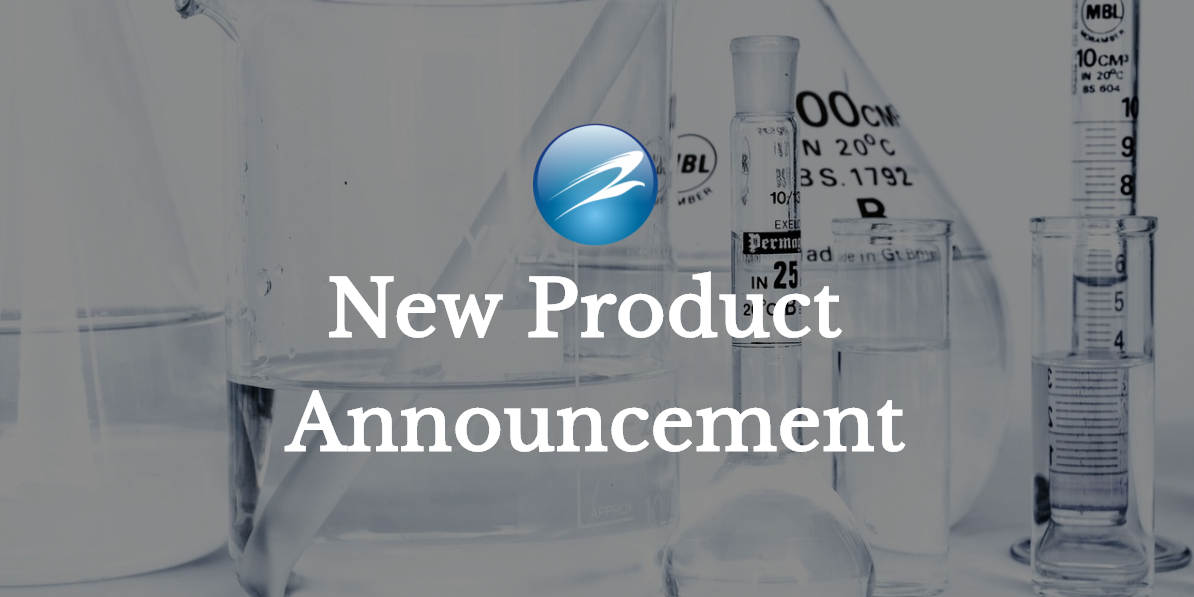
Check out this recent publication that utilized our Calprotectin ELISA Assay Kit! This study examined whether patient-derived materials could predict individual clinical responsiveness to the Janus kinase (JAK) inhibitory, tofacitinib, prior to treatment initiation. Find the abstract and full text below.
Abstract
Background & Aims: Despite increasing therapeutic options in the treatment of ulcerative colitis (UC), achieving disease remission remains a major clinical challenge. Nonresponse to therapy is common and clinicians have little guidance in selecting the optimal therapy for an individual patient. This study examined whether patient-derived materials could predict individual clinical responsiveness to the Janus kinase (JAK) inhibitor, tofacitinib, prior to treatment initiation.
Method: In 48 patients with UC initiating tofacitinib, we longitudinally collected clinical covariates, stool, and colonic biopsies to analyze the microbiota, transcriptome, and exome variations associated with clinical responsiveness at week 24. We established patient-derived organoids (n = 23) to determine how their viability upon stimulation with proinflammatory cytokines in the presence of tofacitinib related to drug responsiveness in patients. We performed additional biochemical analyses of organoids and primary tissues to identify the mechanism underlying differential tofacitinib sensitivity.
Results: The composition of the gut microbiota, rectal transcriptome, inflammatory biomarkers, and exome variations were indistinguishable among UC patients prior to tofacitinib treatment. However, a subset of patient-derived organoids displayed reduced sensitivity to tofacitinib as determined by the ability of the drug to inhibit STAT1 phosphorylation and loss of viability upon cytokine stimulation. Remarkably, sensitivity of organoids to tofacitinib predicted individual clinical patient responsiveness. Reduced responsiveness to tofacitinib was associated with decreased levels of the cationic transporter MATE1, which mediates tofacitinib uptake.
Conclusions: Patient-derived intestinal organoids predict and identify mechanisms of individual tofacitinib responsiveness in UC. Specifically, MATE1 expression predicted clinical response to tofacitinib.
If you have any questions about this product or any of our other offerings, contact us here.

